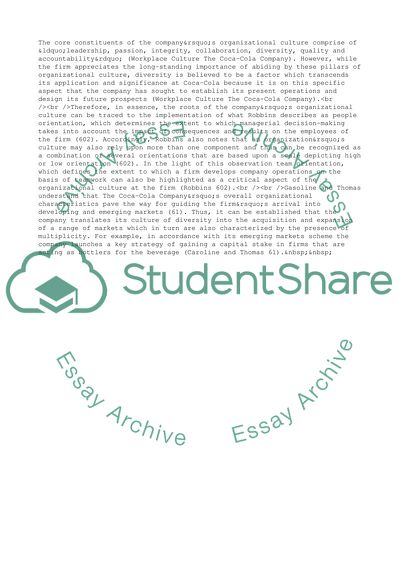Cite this document
(Analysis of the Coca-Cola Company Case Study Example | Topics and Well Written Essays - 1750 words, n.d.)
Analysis of the Coca-Cola Company Case Study Example | Topics and Well Written Essays - 1750 words. https://studentshare.org/management/1822515-coca-cola-company
Analysis of the Coca-Cola Company Case Study Example | Topics and Well Written Essays - 1750 words. https://studentshare.org/management/1822515-coca-cola-company
(Analysis of the Coca-Cola Company Case Study Example | Topics and Well Written Essays - 1750 Words)
Analysis of the Coca-Cola Company Case Study Example | Topics and Well Written Essays - 1750 Words. https://studentshare.org/management/1822515-coca-cola-company.
Analysis of the Coca-Cola Company Case Study Example | Topics and Well Written Essays - 1750 Words. https://studentshare.org/management/1822515-coca-cola-company.
“Analysis of the Coca-Cola Company Case Study Example | Topics and Well Written Essays - 1750 Words”. https://studentshare.org/management/1822515-coca-cola-company.


